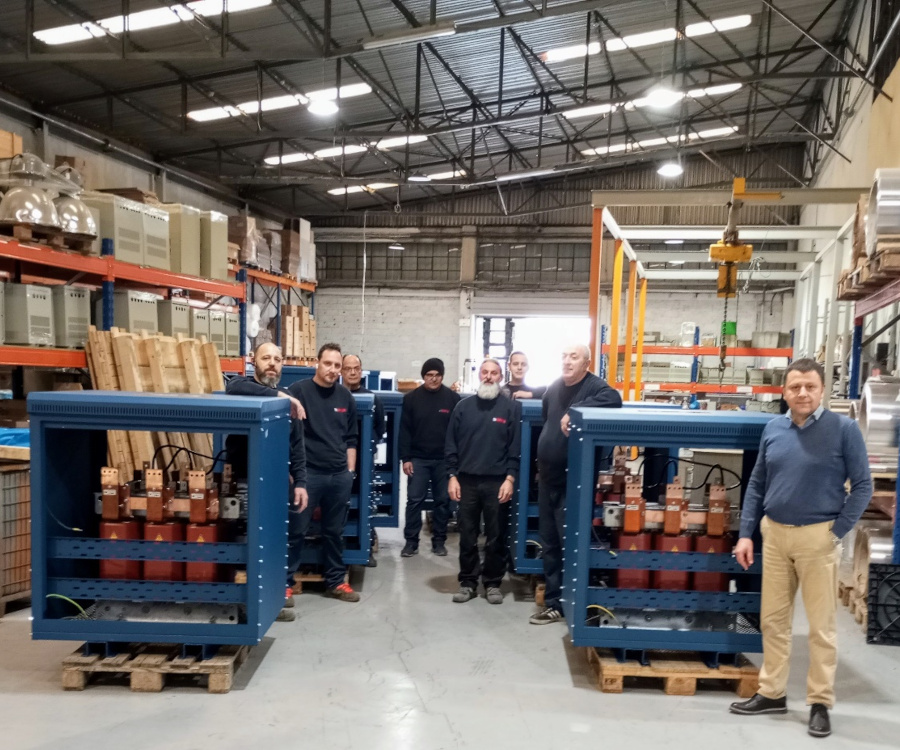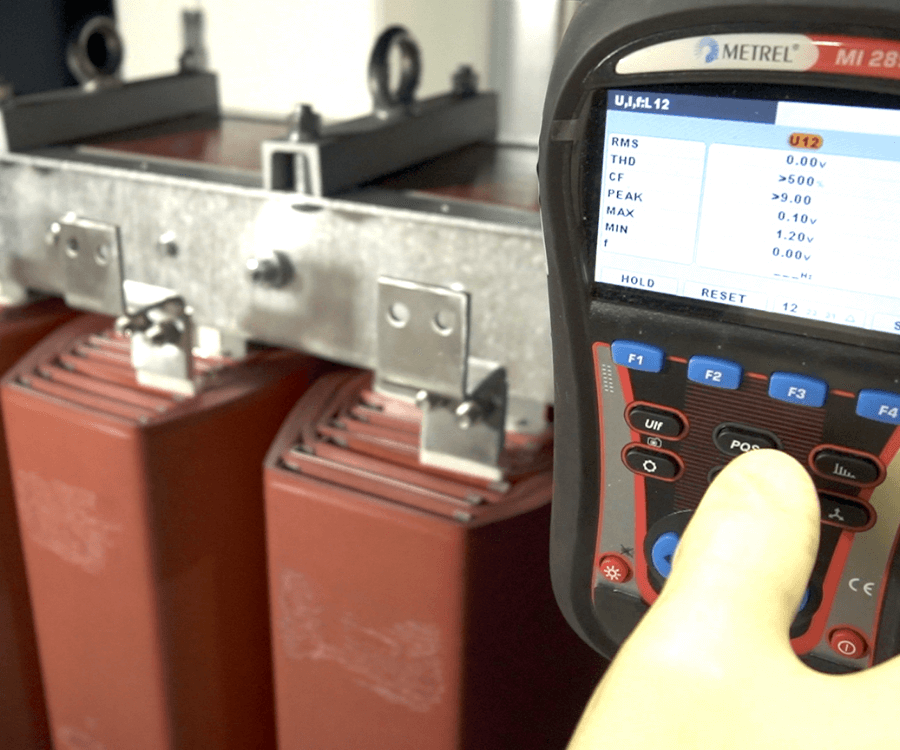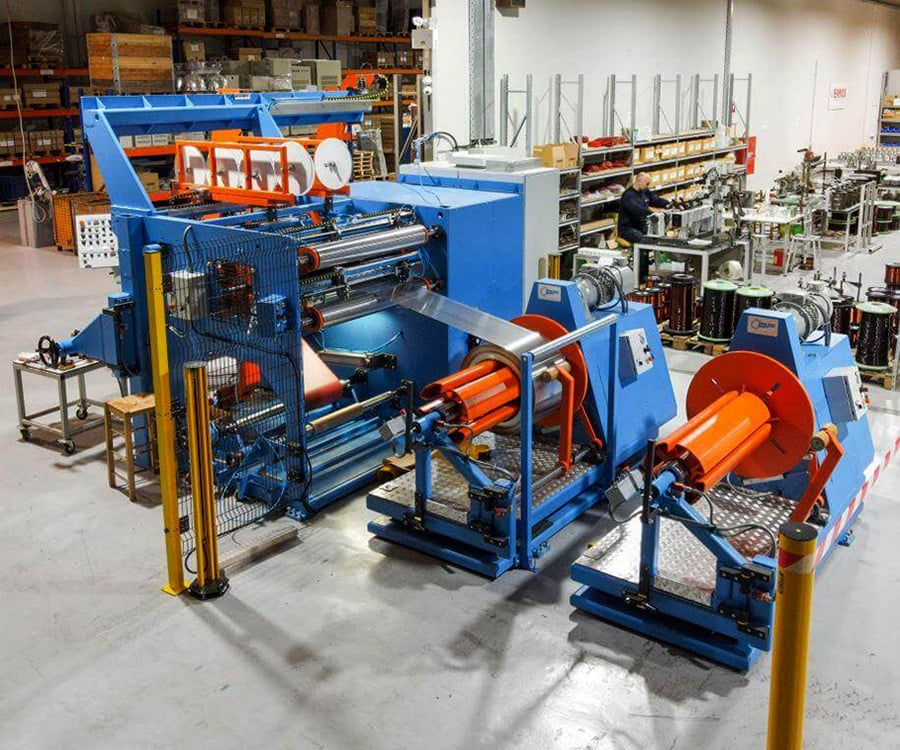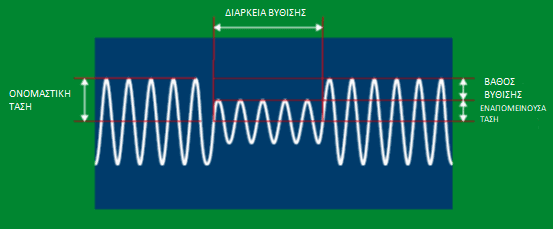The strict compliance with safety regulations during a transformer’s installation and operation is a subject that needs to be taken under great consideration for two basic reasons:
First and foremost, to protect the electrical equipment of the installation, as well as the entirety of the electrical installation, but mostly to protect human life from accidents.
Secondly, to secure the validity of the warranty, which ceases to apply if the necessary procedures haven’t been followed during the installation and operation of the transformer.
Below, we analyze five (5) main safety guidelines, which must be strictly followed, during the installation of a transformer.
1. The installation must be done by a certified electrician
Even though the installation of a transformer seems easy and simple, in reality, as we have seen through our experience, if it isn’t carried out by a certified electrician, it can be very dangerous. The same applies for any other future interferences on the transformer.
2. Correct selection of nominal power
During the selection of the nominal power of the transformer, one needs to take under consideration the fluctuation of input voltages up to +10%, which results in the same fluctuation of the total power, and can lead to overloading of the transformer. Consequently, a tolerance of +10% must be added to the basic calculation of the nominal power.
3. Checking the power factor of the load
The power factor of the load needs to be checked in order to be included in the calculation of the power of the transformer, as apparent power (VA) (e.g. Fluorescent lamps, economy lamps, HQI, LED, motors, etc.). This way the common mistake of selecting the transformer according to the active power of the load (W) and not the apparent (VA), which is the one that actually overloads the transformer, is avoided.
4. Checking input-output voltage according to the maximum load of the line
Checking the input – output voltage at the maximum load of the line that the transformer is connected, is essential when the circuit begins to operate. If the voltage drop is over 6% of the nominal (when supply voltage is nominal) the transformer is overloaded. In that case the transformer needs to be replaced with one of bigger nominal power. When voltage drop is under 6% of the nominal, the one can be sure that the proper transformer has been selected.
5. Adequate vending of the transformer
When a transformer is being installed, the proper and adequate air ventilation must be ensured, at the limits of ambient temperature (ta). In case the sign of the transformer doesn’t mention this limit, an ambient temperature of 25°C must be considered (according to standard EN 61558-1, section 8.1.ο). The emitted heat, is in proportion with its power.
The installation of heat emitting components must be avoided under the transformer (in case of vertical installation). Components that are sensitive to heat like electronic circuits, must be installed appropriately.
Unfortunately, the installation of transformers in airtight commercial boxes is a common practice, which obviously obstructs the proper air ventilation. As a result of this practice the transformer is being destroyed, since the heat that produces constantly rises the ambient temperature, driving the transformer to a constant overheating.
Inside of each EMMIS transformer package, there is the complete procedure of a safe installation that is written on the operational manual. For anything further, please contact EMMIS’ technical department (+00302103460222).











